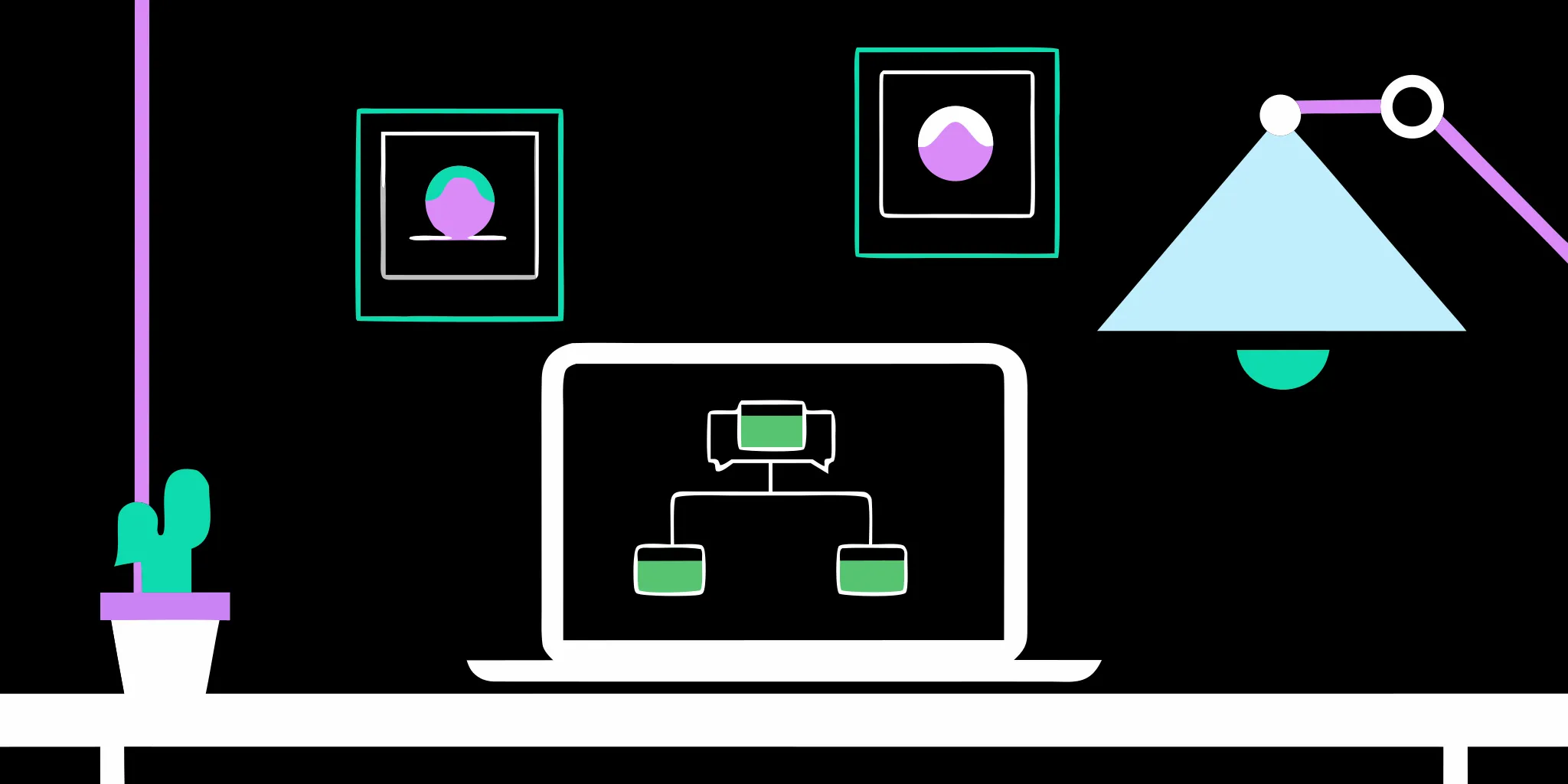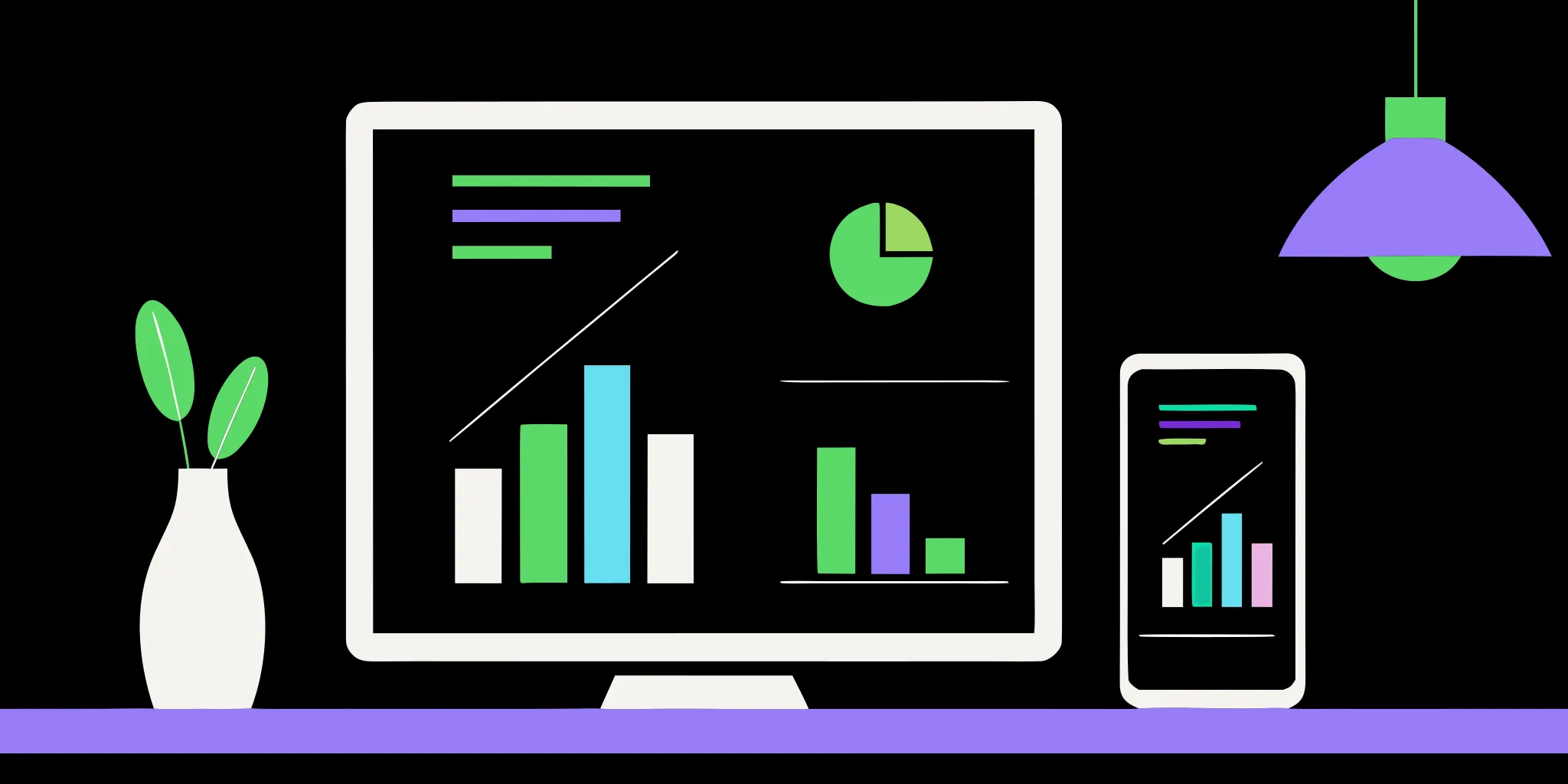
Google recently announced new email protections for bulk senders that aim to accomplish two main things; make unsubscribing from emails easier for recipients, and reduce the amount of spam, phishing, and malware that recipients get in their inboxes.
The takeaway? This new safety and security push could make things a whole lot harder for ensuring your emails deliver successfully to your supporters and prospects.
But don’t fret — we’ll outline exactly how to prepare and how to capitalize on other means of communication, like social media fundraising and Facebook Messenger, to effectively reach your audience and engage with them:
- What Do I Need to Know About the New Gmail Requirements?
- Why Do the New Gmail Standards Matter to Me?
- How Can I Use Segmentation to My Advantage?
- The Truth About Email Effectiveness
- Work Smarter with Facebook Messenger and Social Media Fundraising
- Final Note
What Do I Need to Know About the New Gmail Requirements?
Starting in 2024, Google will require bulk senders (those who send more than 5,000 messages to Gmail addresses in one day) to authenticate their emails, enable easy unsubscription, and stay under specified spam rate thresholds. The below actions need to be taken by February 2024 to successfully send and deliver emails to Gmail accounts:
- Authenticate your email: Those who send significant volumes of emails are required to strongly authenticate their email addresses using established best practices from Google.
- Enable easy unsubscription: Marketing messages and subscribed messages from large senders must support one-click unsubscribe and include a clearly visible unsubscribe link in the message body. Additionally, unsubscribe requests must be processed within two days.
- Ensure you’re sending wanted emails: Google is enforcing a clear spam rate threshold that senders must stay under to ensure Gmail recipients aren’t bombarded with unwanted messages.
Why Do the New Gmail Standards Matter to Me?
The new focus on email deliverability and security could make it difficult to reach your supporters and prospects if you don’t take the right steps. Things like outdated house files and lack of email segmentation could lead to delivery issues, as messages may get rejected or marked as spam, impacting the success of your email communications.
Additionally, new requirements around ease of unsubscription could cause your contacts to decline. In fact, according to M+R Benchmarks, 9.1% of list members were lost over the course of 2022 due to users unsubscribing. Another 8% of email addresses became non-deliverable due to bouncing.
You’ll need to follow these specific guidelines and authenticate your email by February 1, 2024 to ensure messages are delivered to your recipient list as expected. You should also create a segmentation plan for your bulk email list if you don’t already have one.
How Can I Use Segmentation to My Advantage?
Segmentation entails dividing an email list into smaller, more focused groups based on specific criteria such as demographics, location, behavior, or engagement level. Use your master email list to create sub-lists that help you more effectively target specific populations, which in turn makes it easier to personalize your emails and ensure they deliver. For example, sub-lists can be comprised of things like:
- Past supporters
- Event attendees
- Demographics, like age and location
- Donor interest
- Donation history
If people get emails that are relevant to them and match their interests or their location, for example, they're more likely to pay attention and get involved. Segmenting your bulk list not only mitigates delivery issues, but it’s also a best practice that allows you to send hyper-targeted and personalized messages to your supporters, which helps build trust and elicit action.
Stuck on where to begin? Start by following the below steps:
- Collect Relevant Data: Gather information about your supporters, including demographics, location, donation history, or engagement levels, and define your communication goals.
- Create Segments: Using this data, create segments that make the most sense for your supporter base and what you’re trying to accomplish with your communications. If you’re feeling overwhelmed, start small and see what clicks. You can always test and refine as you go (see step 4)
- Personalize Your Content: Craft content that is tailored to each segment and resonates with their specific interests or needs. This puts intention behind your segments and helps improve engagement.
- Test and Refine: Monitor the results of your segmentation strategy by tracking things like click rates and engagement, and modify your categories and content as needed.
- Keep Up-to-Date Records: Preferences and behaviors of your supporters may change over time, so regularly review and adjust your lists to maintain trust and effectiveness.
Email is just one piece of the puzzle when it comes to communicating with your audience, so read on to learn more about building, maintaining, and sustaining a truly inspired and engaged supporter base.
The Truth About Email Effectiveness
Email marketing is time-consuming to say the least. You work hard to acquire leads, and even harder to keep them engaged. M+R Benchmarks reveal that email list sizes decreased by 2% in 2022, after 8% and 9% growth in the previous two years. Worse, for every 1,000 fundraising emails sent, nonprofits reported an average revenue of $90 – a mere 9 cents generated per message.
With new standards to keep up with just to ensure your emails are delivered, it’s worth highlighting some alternative communication pathways to more efficiently and effectively reach your supporters and increase your donor base.
Work Smarter with Facebook Messenger and Social Media Fundraising
We have some good news: Email is not the only way, or the best way, to drive donations and lasting support for your nonprofit. If you want to reach your audience, you have to meet them where they are. And that’s on social. Facebook has over 2.9 billion active users every month and 67% of them use the platform every day. Additionally, 1.38 billion people use Facebook Messenger around the world. Social media reduces barriers to connecting and engaging with people — all it requires is a screen and a few clicks or taps. So why not take advantage?
Chances are, you’re likely already investing time in building a social following for your nonprofit. Maybe you’re even posting organically on a regular basis to keep engagement climbing. But have you used social media to communicate directly with your supporters and prospects?
Using tools like Facebook Messenger can significantly increase the effectiveness of your communications with both new and existing supporters, as the platform proves to be less intrusive than texts and more personal than emails. In fact, we’ve seen that communications via Facebook Messenger have up to 90% open rates and 35% click through rates. On the flipside, nonprofit marketing emails average 25% open rates and 2.6% click-through rates, according to WebFX.
Embracing tools like Facebook Messenger opens the door to swift and accessible two-way conversations with your supporters. This approach not only allows you to meet your supporters where they already spend their time, but also streamlines the donation process and empowers users to initiate their own fundraisers effortlessly. It’s a blend of engagement and convenience that fosters stronger, more interactive relationships with your audience.
Facebook fundraising allows people to set fundraising goals on behalf of their favorite nonprofits, making it incredibly simple for them to both showcase their support and goodwill, and encourage participation from their networks.
Facebook Challenges are a great way to get your supporters involved, and they add an element of friendly competition to make it fun and help encourage participation. These challenges are typically accompanied by a physical goal or activity (I.e. walk or run 100 miles, workout every day for 30 days straight, collect a certain amount of food for a food drive, and the list goes on...)
Though it's the responsibility of individual supporters to initiate and publicize their fundraisers, you can increase their success by applying for Facebook's Fundraising Tools, which simplify the entire fundraising and payout process. Some of the benefits include:
- Recurring donation metrics
- Welcome message series tools for new recurring donors
- Promoting your supporters’ fundraisers
- Thanking your supporters
- Sharing a Facebook Fundraiser guide with your supporters
- Staying connected with supporters once a fundraiser is finished
Since social media fundraising became available on Facebook and Instagram, over 100 million fundraisers have raised more than $7 billion for various causes worldwide.
Check out our comprehensive guide to Facebook fundraising for nonprofits to learn how you can take advantage of this tool if you aren’t already.
A Final Note
The new Google email standards may feel overwhelming at first, but they do provide a great opportunity to increase the quality of your communications. In summary, these three tactics will help you effectively reach your audience and even increase engagement and donations:
- Follow guidelines per Google to verify your email address and avoid email delivery issues
- Develop a segmentation plan for your bulk list
- Explore social media fundraising and Facebook Messenger to better engage your supporters
GoodUnited is here to support you every step of the way, and we also encourage you to check out the below additional resources:
- Facebook Fundraising for Nonprofits in 2023: A Complete Guide
- How to Use Facebook Messenger: A Complete Guide for Nonprofits
- Social Media Fundraising: The Essential Guide for Nonprofits



















